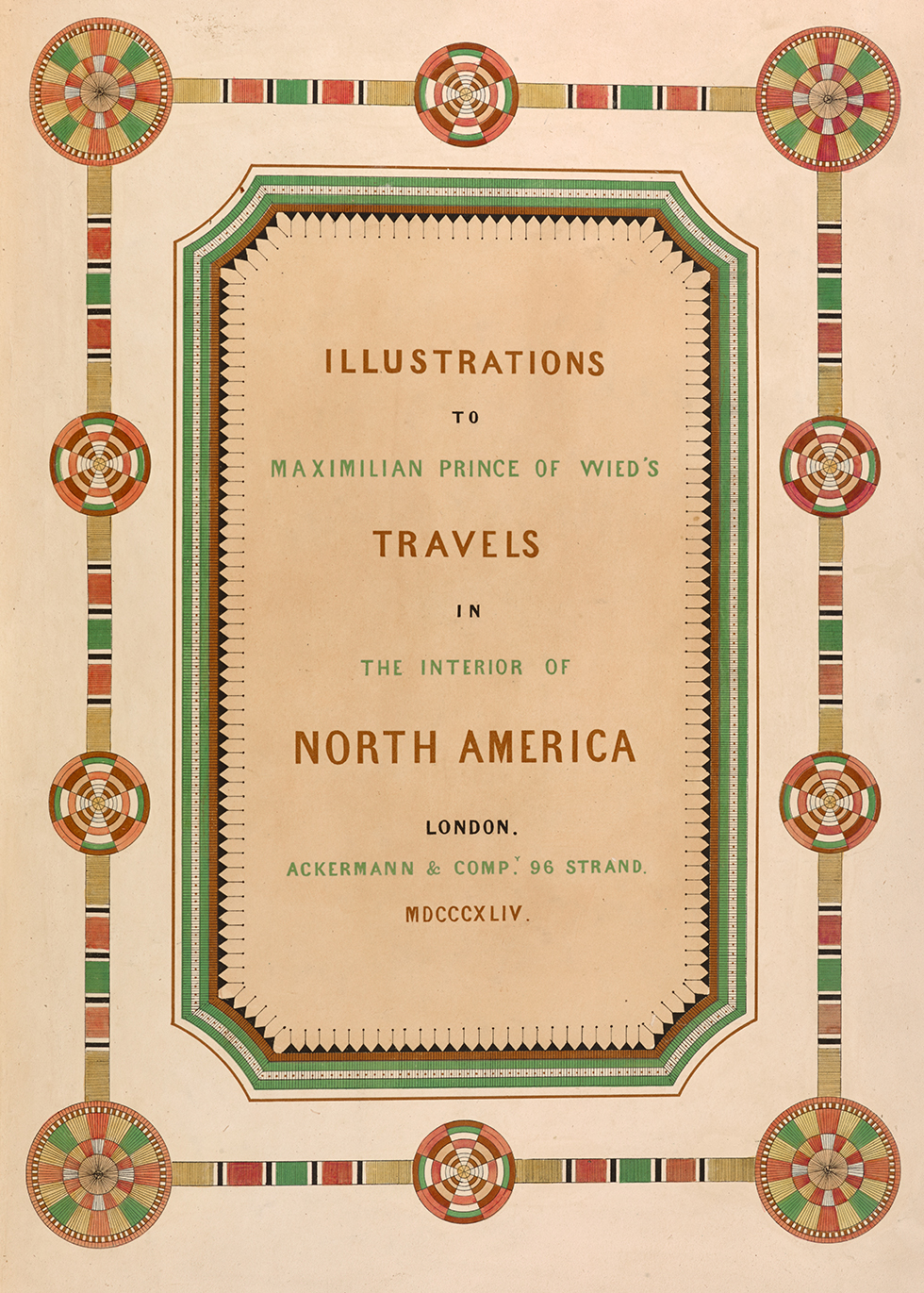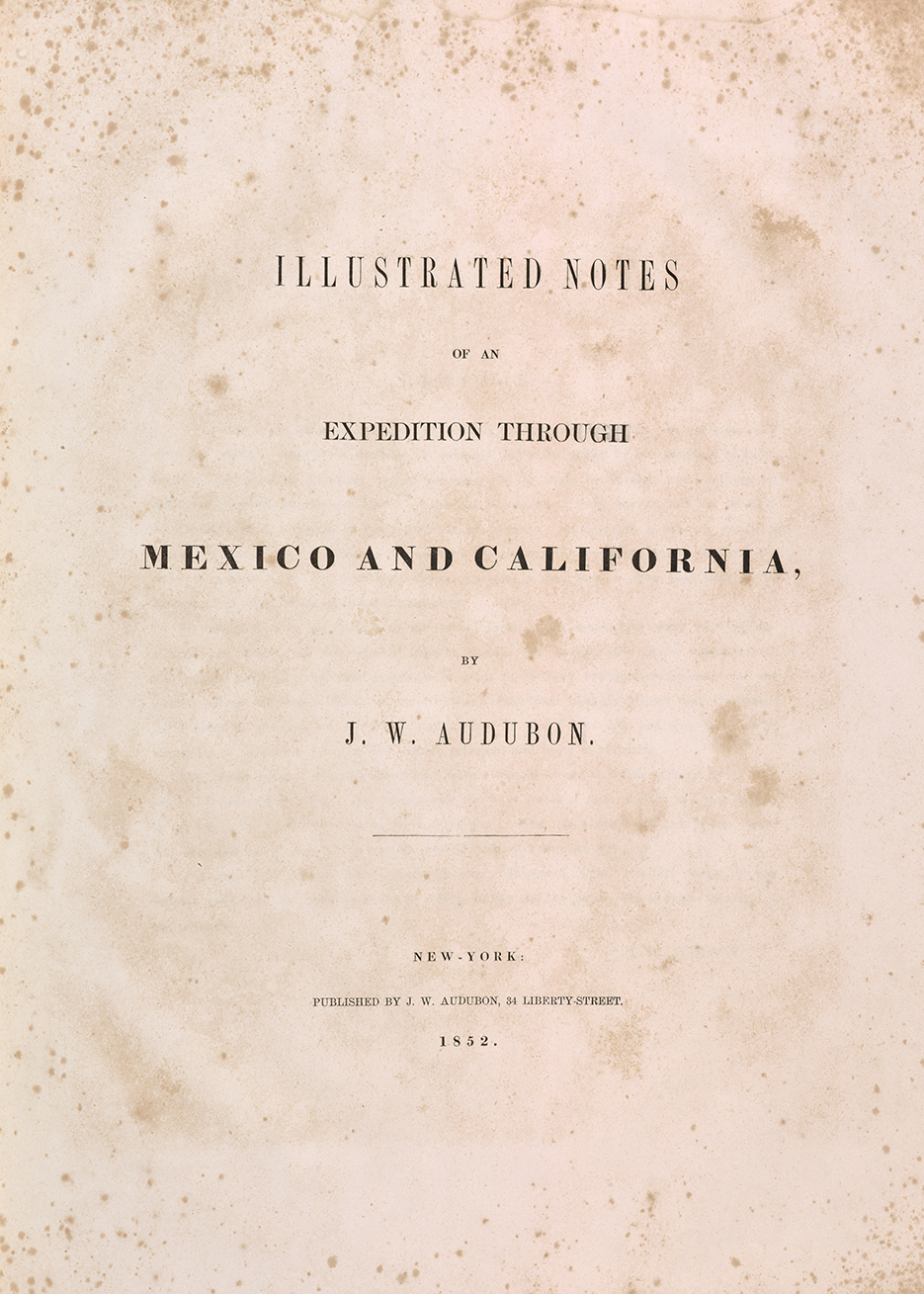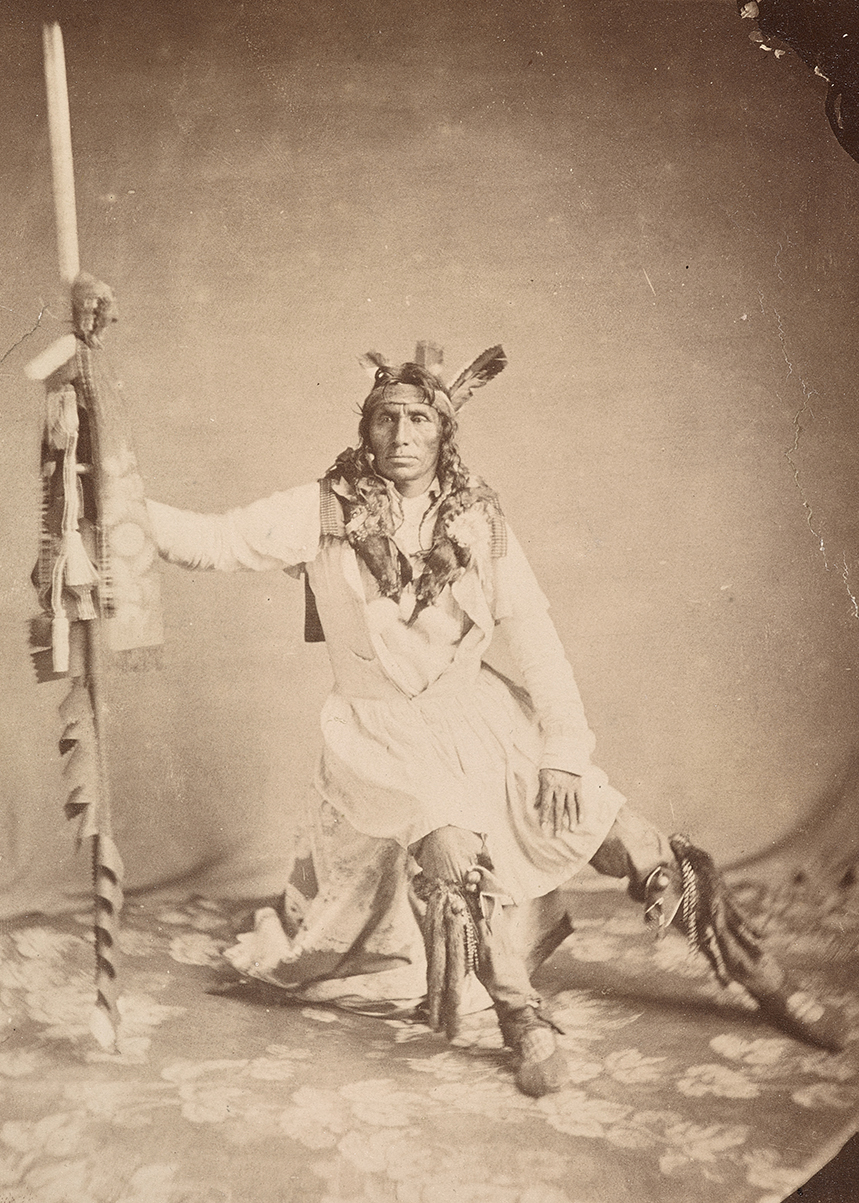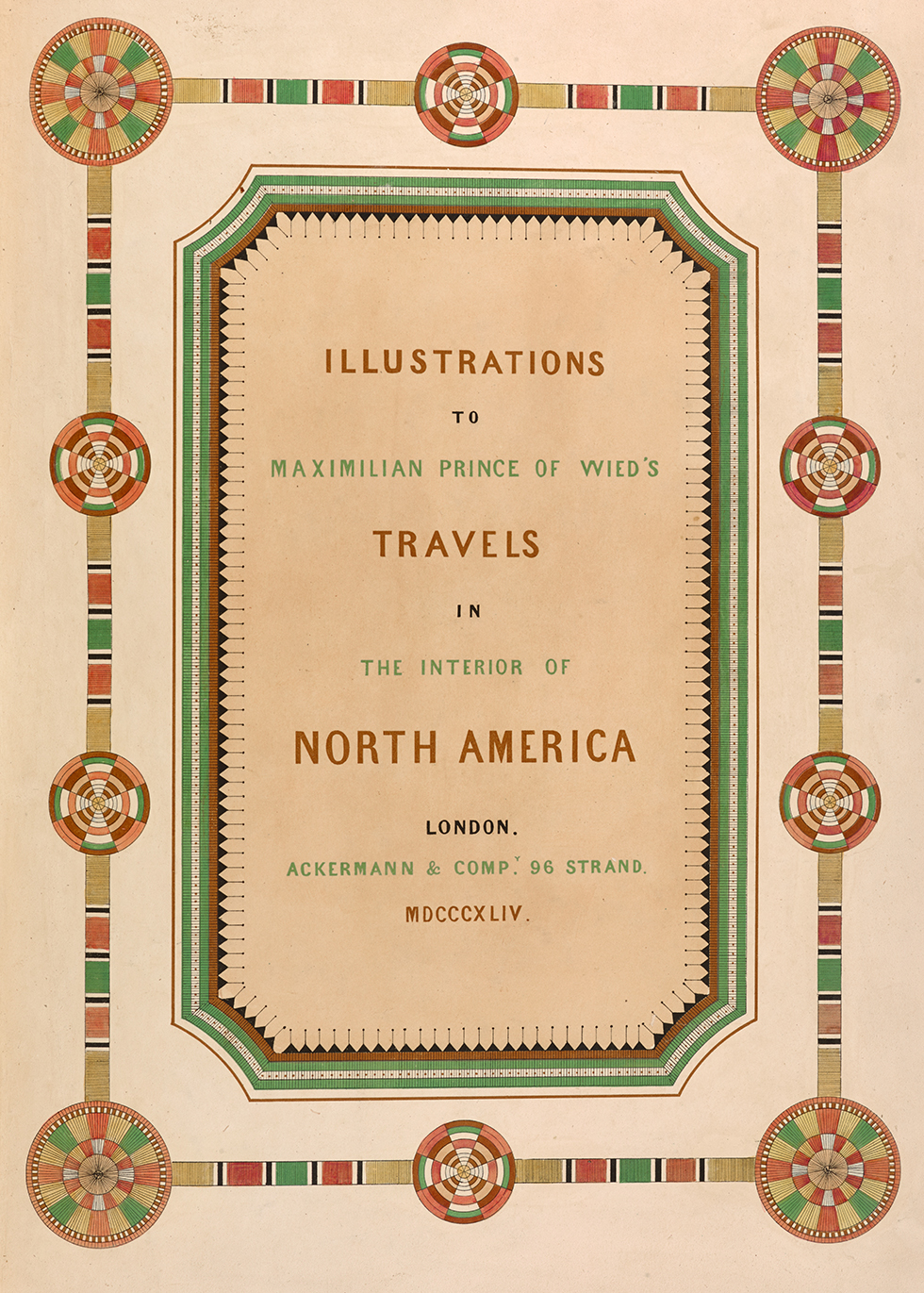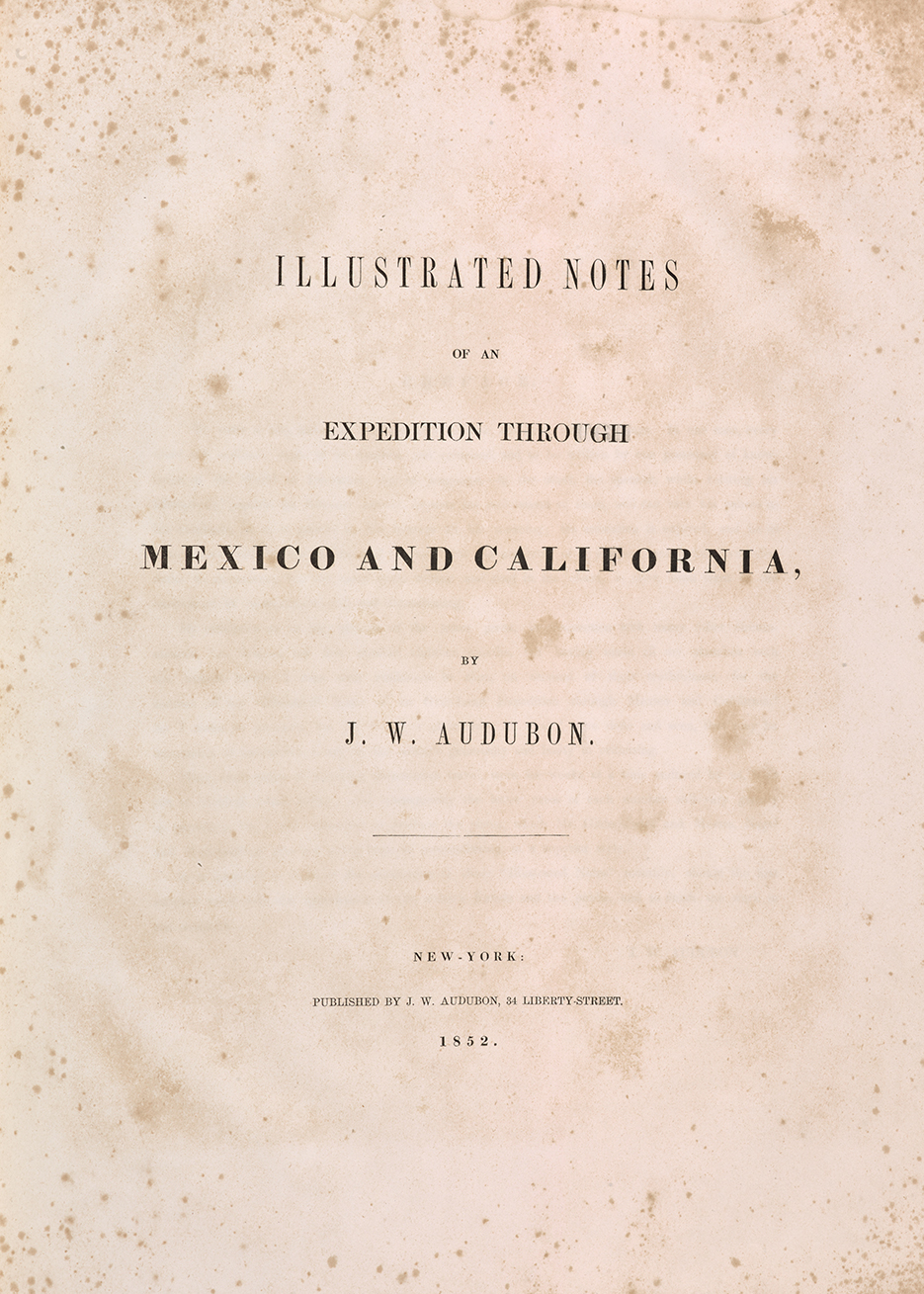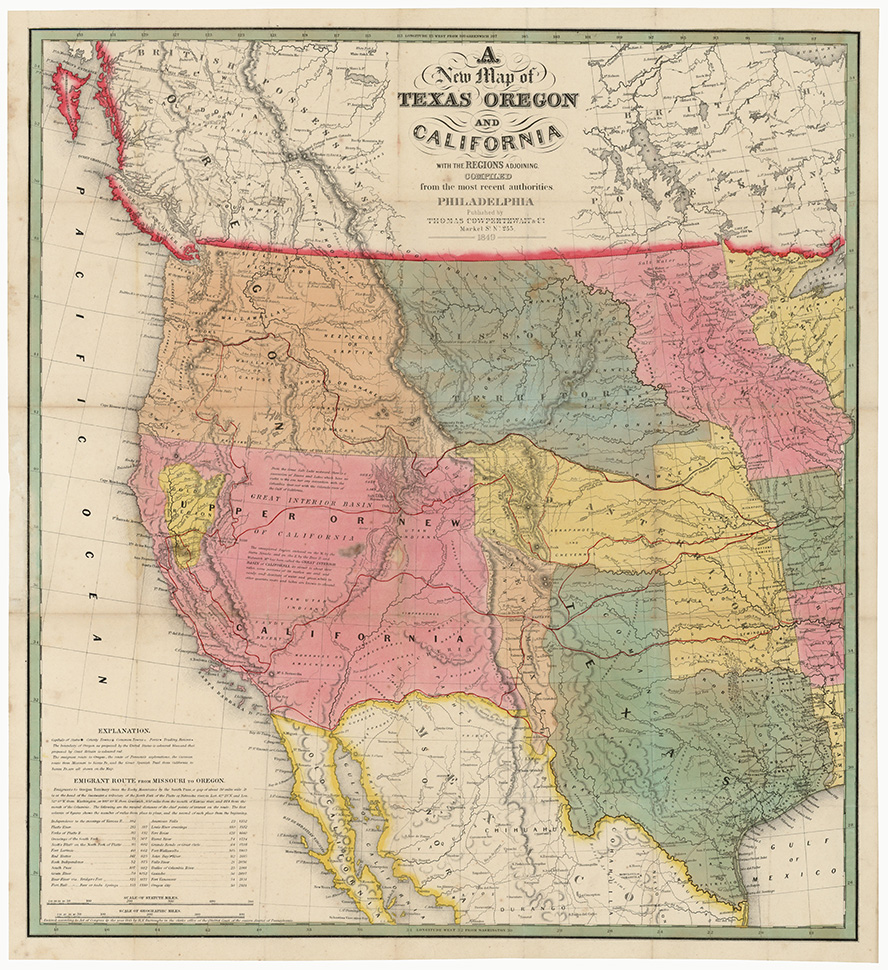
Through the addition of the Rees-Jones Collection and the creation of the Rees-Jones Library of the American West, the University will strengthen its position as one of the foremost academic centers for the study of the American West, elevating its standing among leading institutions with special holdings on related topics. The collection and library are made possible by a substantial commitment by Jan and Trevor D. Rees-Jones ’78 that benefits SMU Libraries.
Treasures of the American West
With a diverse array of thousands of works created as early as the 17th century, the Rees-Jones Collection features everything from the rarest first editions to quotidian examples of ephemera, including:
- Nearly all the major color plate folios published on the trans-Mississippi West during the nineteenth century.
- Albums of masterworks by pioneering photographers.
- Many unique and highly significant manuscript maps, as well as landmark sheet maps, atlases and foldout maps in books.
- Correspondence and documents from major historic figures.
Formed over the past 20 years by Dallas entrepreneur Trevor Rees-Jones, the Rees-Jones Collection has become one of the most significant private holdings of Western Americana in the country.
Rick Stewart, curator

Expected impact
- Strengthens SMU’s standing among the leading institutions with special collections devoted to the history of the American West, such as the University of California at Berkeley and Yale University.
- Supports historic preservation and future-focused discovery for generations to come.
- Elevates SMU as one of the foremost institutions for instruction, conservation and research related to the American West.
- Expands SMU teaching and research offerings with original, firsthand visual and written accounts from historic figures and explorers.
A new chapter for historical study at SMU
The Rees-Jones Collection and Rees-Jones Library of the American West build on the University’s longstanding excellence in research, teaching and cultural appreciation of the American West. The Rees-Jones Collection will complement existing SMU strengths in the DeGolyer Library collections on related topics, comparing favorably with the holdings of some of the best institutional collections in the country devoted to the history of the American West.
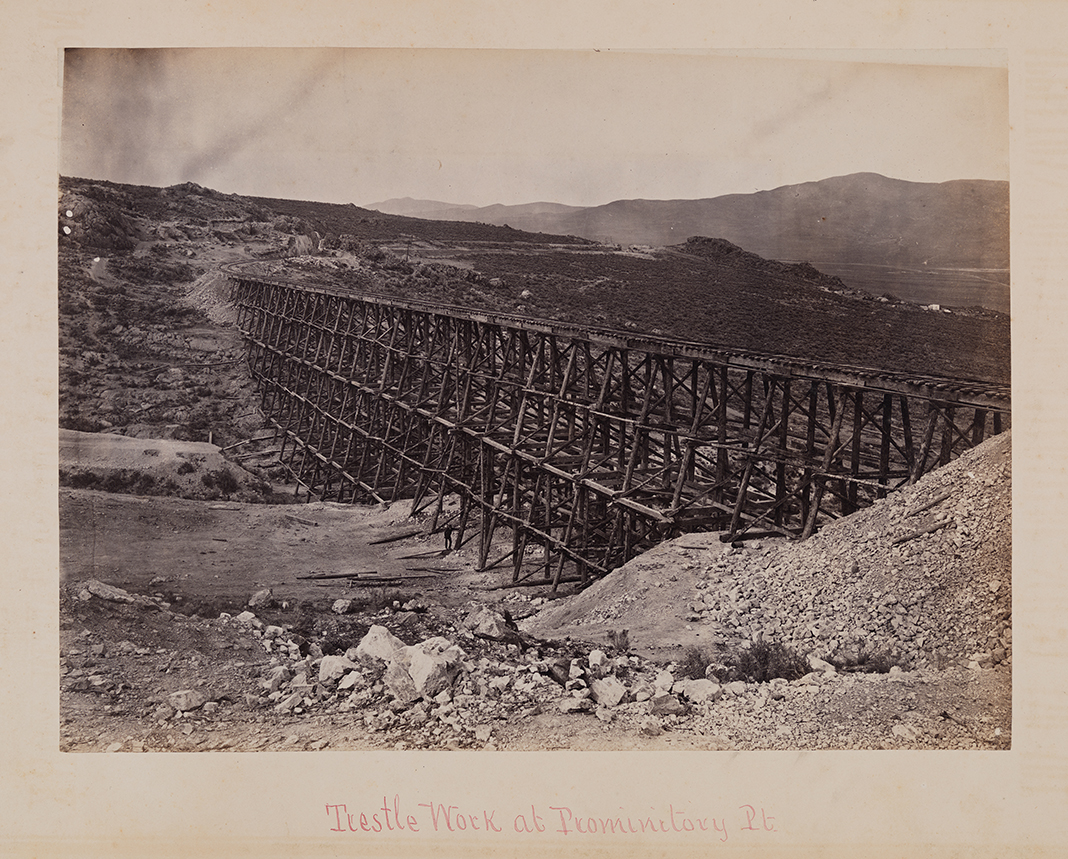
In addition to the related holdings in the SMU DeGolyer Library, academic departments across the University also offer programs and curricula related to the American West, which will benefit from this expansive gift. In the William P. Clements Center for Southwest Studies and in the Clements Department of History, faculty and students study issues related to the development of the southwestern United States, borderland issues such as immigration and the contributions of the American Southwest to the American economy.
Beyond the Dallas campus, SMU-in-Taos offers immersive cultural experiences and unique research opportunities related to the American West. While in Taos, New Mexico, students and visitors perform in-depth research in a culturally rich and energetic environment that boasts singular collaborative experiences for artists, historians and earth scientists who seek a better understanding of one of the country’s most unique regions.
SMU will now have not only superb examples of rare materials but also broad and deep collections of the raw materials of what scholars call ‘print culture.’ Great libraries need both to attract researchers.
Russell L. Martin, III, director, SMU DeGolyer Library
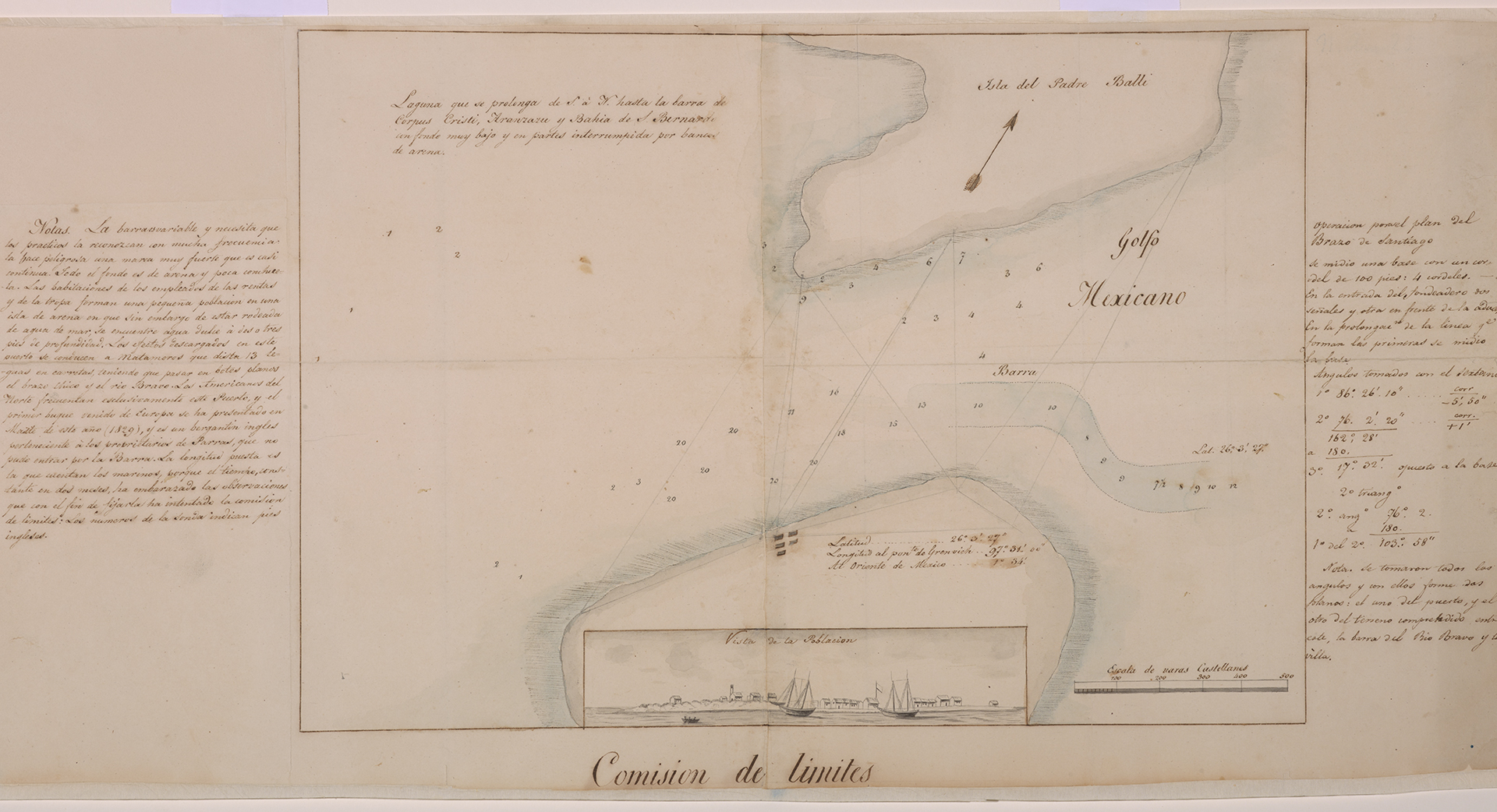
The American West has long been of great interest to me, and I’m pleased that Jan and I can share that passion with SMU students and faculty, the greater Dallas community and visiting scholars.
Trevor D. Rees-Jones ’78, founder and chairman of Chief Oil & Gas
About Jan and Trevor D. Rees-Jones ’78
 A second-generation SMU alumnus, Trevor Rees-Jones earned his Juris Doctor from the SMU Dedman School of Law after graduating with a Bachelor of Arts from Dartmouth College. In the years since his graduation, Rees-Jones has become a renowned presence in the Dallas law, business, and oil and gas industries, establishing Chief Oil & Gas in 1994.
A second-generation SMU alumnus, Trevor Rees-Jones earned his Juris Doctor from the SMU Dedman School of Law after graduating with a Bachelor of Arts from Dartmouth College. In the years since his graduation, Rees-Jones has become a renowned presence in the Dallas law, business, and oil and gas industries, establishing Chief Oil & Gas in 1994.
An alumna of Texas Tech University, Jan Rees-Jones is an active Dallas community member and volunteer, with SMU service including the George W. Bush Women’s Initiative advisory council and the SMU John Goodwin Tower Center Board of Directors, as well as in women’s ministry at the couple’s church.
As philanthropists, Jan and Trevor Rees-Jones are longtime supporters of SMU and the founders of The Rees-Jones Foundation, which focuses on the personal development, protection and physical and mental health of children and youth. Jan Rees-Jones currently serves as the vice chairman and director of the foundation, which has also contributed greatly to SMU initiatives across campus, particularly those focused on child advocacy and education.
